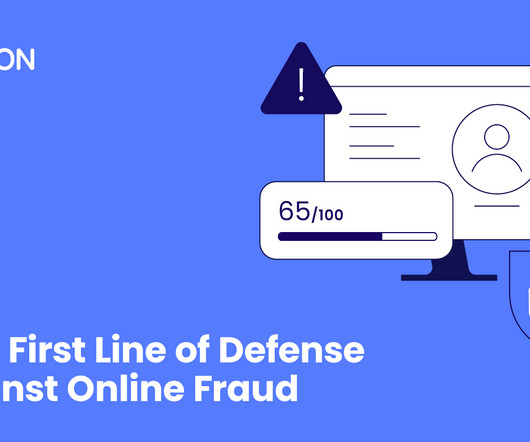Using AI to Streamline Compliance Processes: The Future or Could Too Much go Wrong?
The Fintech Times
SEPTEMBER 14, 2024
The emergence of AI and ML tools has enabled companies to analyse vast amounts of data in real time, detecting patterns that indicate potential compliance risks, such as money laundering, sanctions, or fraud. AI is only as smart as the data that fuels it, making it imperative to introduce policies and adhere to data quality standards.











Let's personalize your content